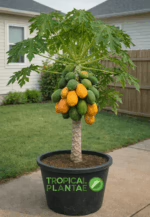
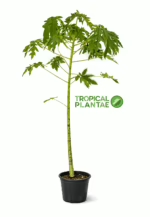
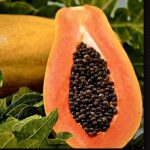


Papaya Tree Seedling (Carica papaya) – Live Tropical Fruit Plant – Fast Growing – USDA Certified
$50.00 Original price was: $50.00.$39.99Current price is: $39.99.
The papaya tree is one of the most rewarding tropical plants you can add to your garden, offering fast growth, visual impact, and the promise of future abundance starting almost immediately. Choosing a papaya tree today means that tomorrow your outdoor space already feels more alive, more productive, and full of potential. This is a plant that grows quickly and responds visibly to care, making it especially satisfying for anyone who enjoys seeing results and progress in their garden.
From the moment it is planted, the papaya tree transforms its surroundings. Its large, deeply lobed green leaves create a bold tropical look that instantly elevates patios, backyards, and garden areas. Tomorrow, when you step outside and notice how the tree stands tall and fresh, you’ll feel the satisfaction of having introduced something dynamic into your space. Unlike slow-growing trees, papaya begins shaping your environment almost right away, giving your garden a sense of movement and energy.
As the tree grows, its upright trunk and wide canopy add structure and character to your landscape. Watching it develop becomes part of your routine, offering small moments of enjoyment as new leaves emerge and the trunk thickens. Tomorrow begins that connection, where daily observation turns into appreciation. The papaya tree becomes a focal point that draws the eye and brings a lush, tropical atmosphere to your home.
One of the most exciting aspects of growing papaya is how quickly it moves toward fruiting. Planting the tree today means that in the near future you’ll see flowers forming along the trunk, followed by clusters of developing fruit. This rapid progression adds excitement and anticipation to your gardening experience. Each stage feels like a reward, reinforcing that your decision to plant the tree continues to pay off.
Papaya fruit is visually striking as it matures, hanging directly from the trunk and changing color as it develops. Seeing fruit grow in your own garden adds meaning to everyday moments, turning a simple walk outside into something special. Harvesting papayas from your own tree becomes a satisfying experience that makes your space feel productive and intentional. It adds a sense of self-sufficiency and pride that enhances how you experience your home.
Beyond fruit, the papaya tree adds long-term value to your outdoor environment. Its presence improves the overall look and feel of your garden, making it feel fuller and more complete. Tomorrow, it is a young plant full of promise. Over time, it becomes a strong, productive feature that adds beauty and purpose to your space. Even when not in fruit, its large leaves and tropical form create an inviting atmosphere year-round in warm climates.
The papaya tree thrives in sunny, warm environments and adapts well to gardens where light and drainage are adequate. With simple care during its early stages, it grows quickly and becomes easy to maintain. Tomorrow begins a routine of watering and observation. Over time, that routine becomes a rewarding habit, as the tree responds with visible growth and productivity.
Owning a papaya tree also changes how you interact with your garden. It encourages you to spend more time outdoors, notice small changes, and appreciate the pace of natural growth. The tree becomes part of your daily environment, adding life and purpose to the space around your home. It is a reminder that planting something today creates benefits that unfold quickly and continue into the future.
In summary, planting a papaya tree is a decision that improves your life starting tomorrow and continues delivering value season after season. Tomorrow you gain a vibrant tropical presence that enhances your garden. Soon after, you gain the excitement of flowers and fruit, and over time, the satisfaction of harvesting from your own tree. The papaya tree represents growth, productivity, and enjoyment, making it an excellent choice for any warm-climate garden or home orchard.
| Weight | 15 oz |
|---|---|
| Dimensions | 22 × 4 × 4 in |
| Planting Bag + Soil |
Planting bag + Soil ,I have soil and container |

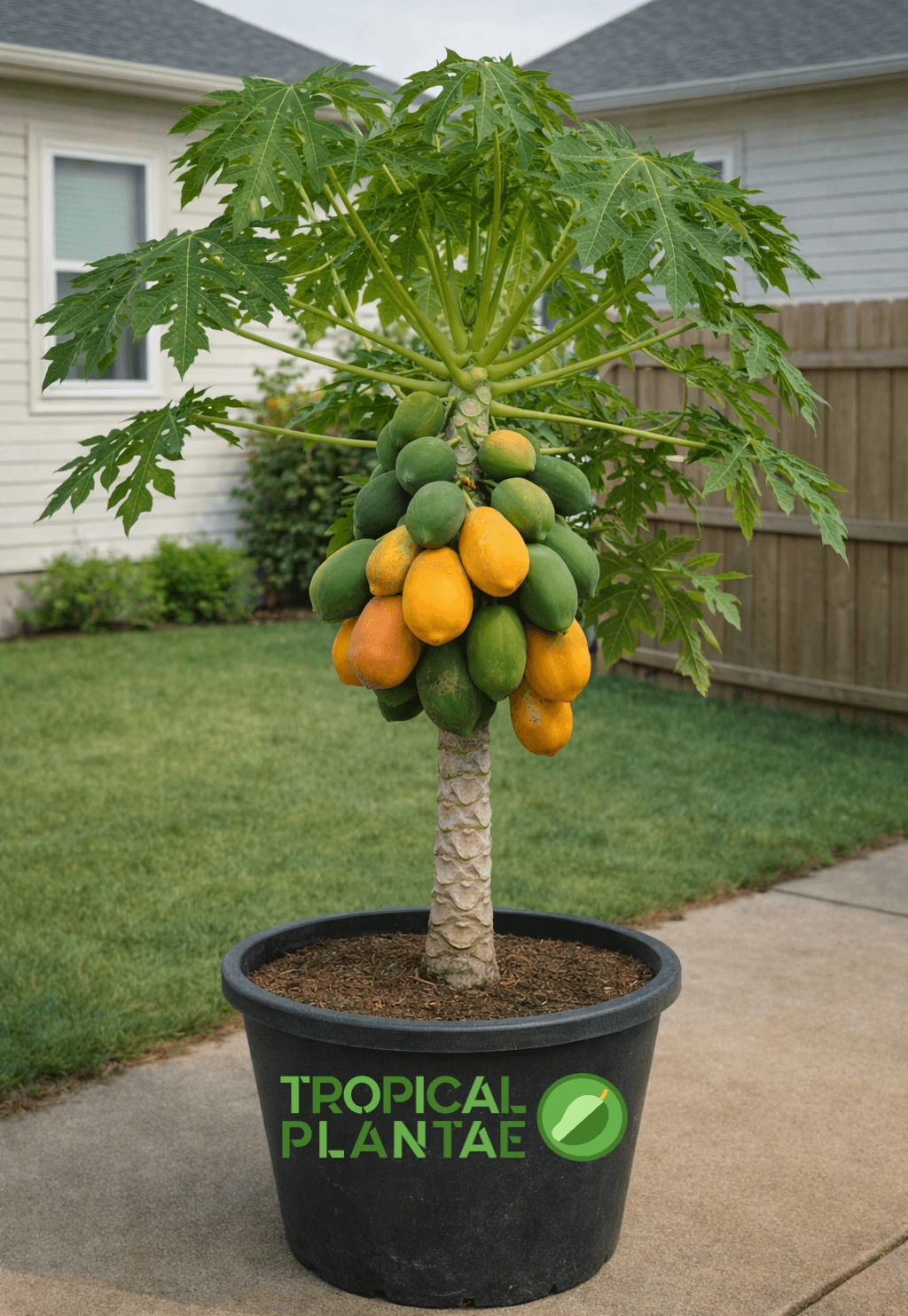
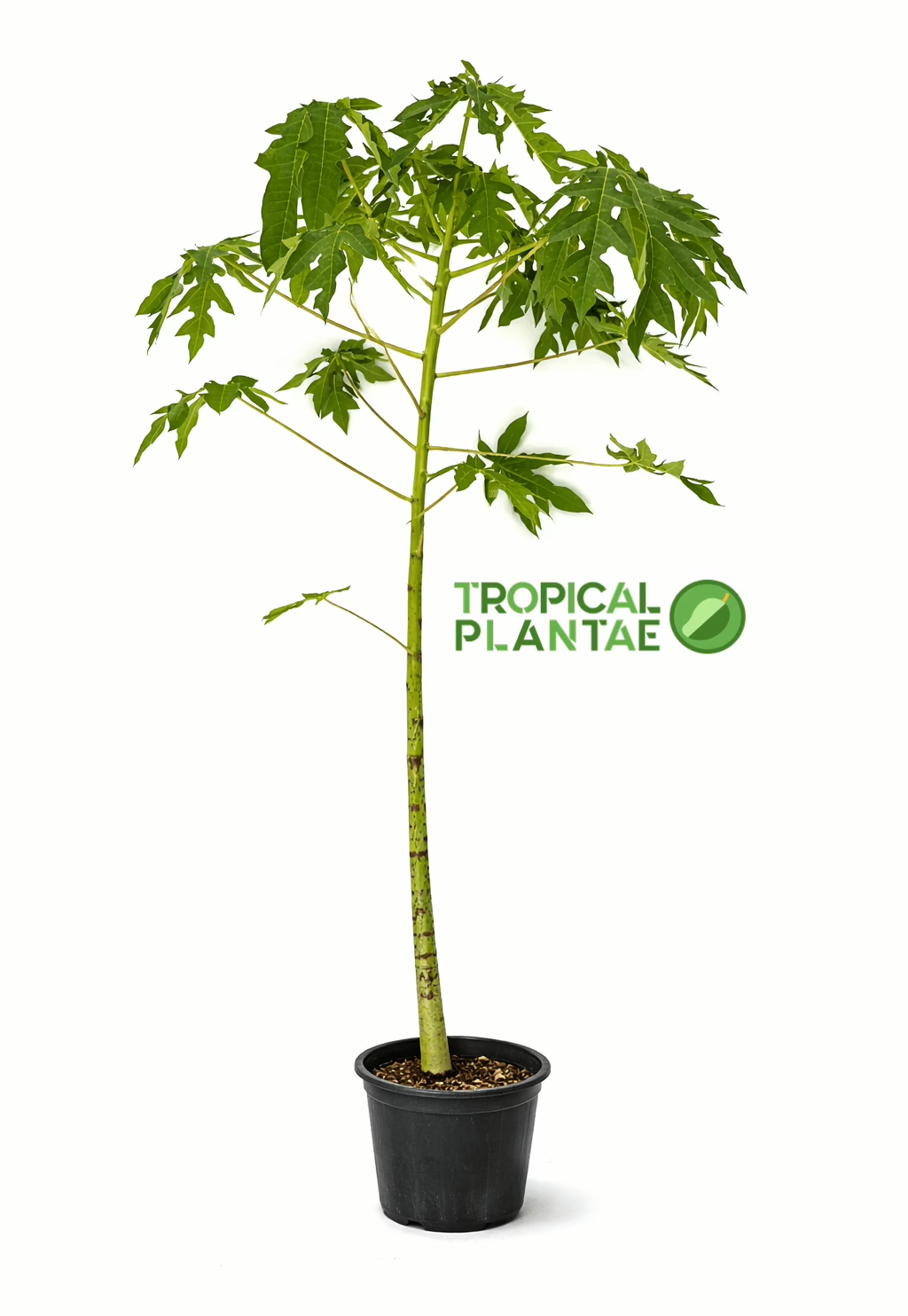
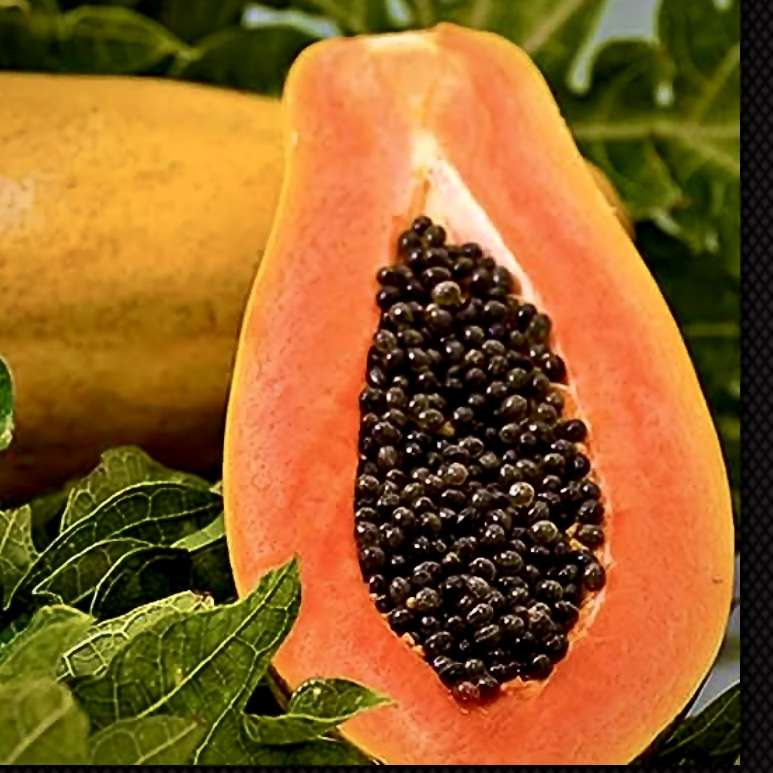


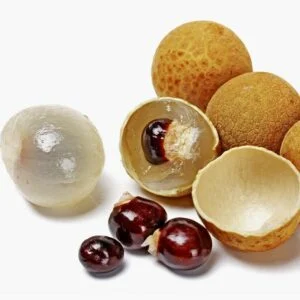
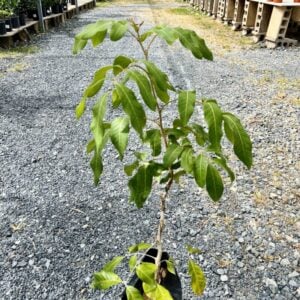
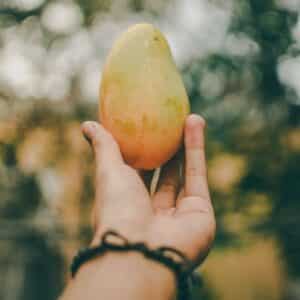

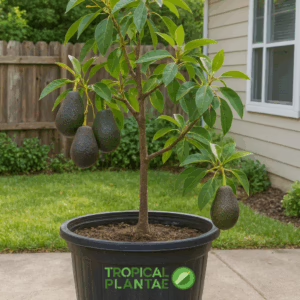
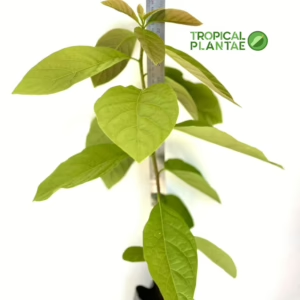
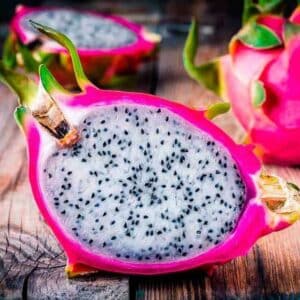
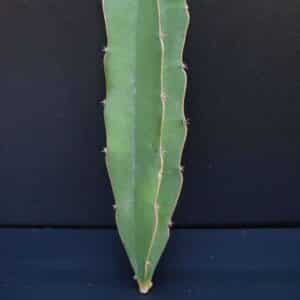
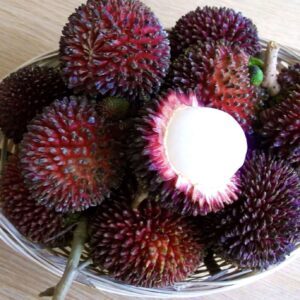
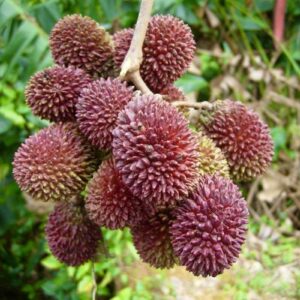


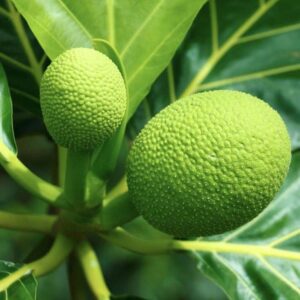
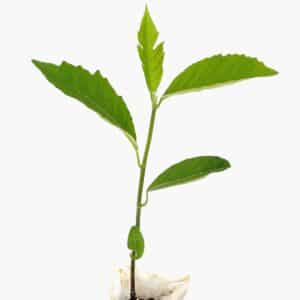
Reviews
There are no reviews yet.